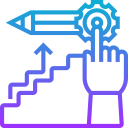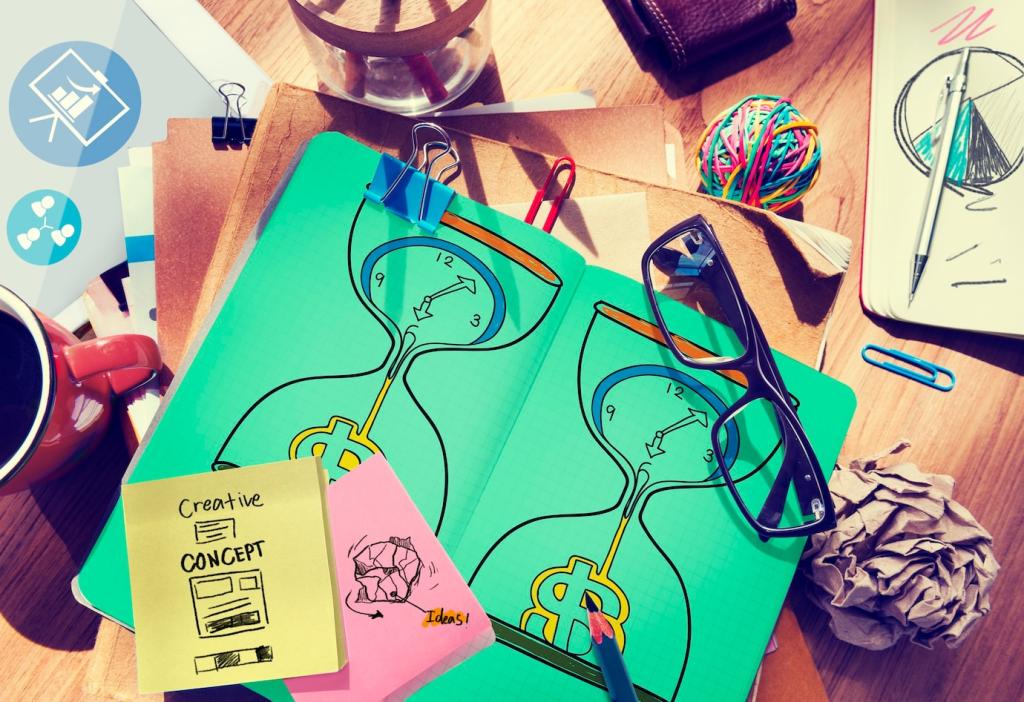Systems Thinking That Turns Friction Into Flow
Sketch how policies, incentives, support workflows, and interface patterns influence each other. A small permissions change once reduced our onboarding support tickets by 22%, because it quietly addressed a hidden dependency across compliance, billing, and help center content.
Systems Thinking That Turns Friction Into Flow
Look for places where a small intervention creates outsized impact. Renaming a confusing plan tier, then aligning it with clearer eligibility rules, simplified decisions for sales, marketing, and product, and unexpectedly increased trial conversions without redesigning the entire page.







